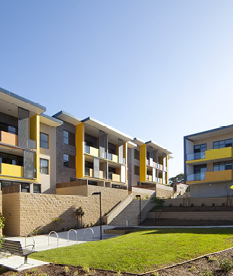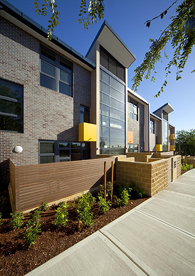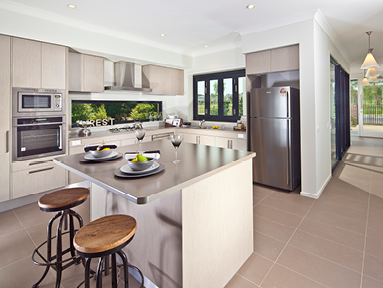Why sell or lease a green residential building?

![]()
The benefits of green homes
The benefits of green building continue to stack up. When selling or leasing a green home marketing messages can include:
Decreased cost of living
|
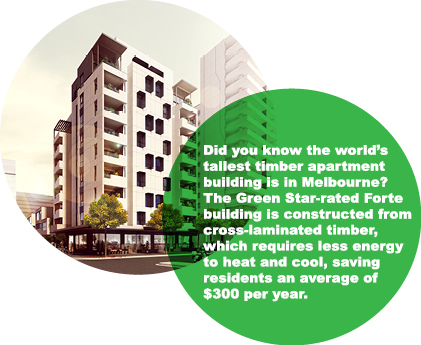 |
Healthier homesGreen homes are healthy homes. Focused on good ventilation and indoor environment quality, low-toxic materials and abundant daylight, these factors have been proven to improve the health and wellbeing of residents. |
|
|
|
![]()
Smart Investment
Many buyers are beginning to see green buildings as a mark of quality when they hunt for a new property and evidence is emerging that a green rating translates into a higher sale price when it comes time to sell.
- Energy Efficiency rating and house price in the ACT (2008) examined the relationship between energy efficiency and house prices, finding that each half-star increase in the energy efficiency rating translated into a 2% increase in capital value.
- The Value of Green Labels (2012) found that higher returns are not restricted to the commercial market. A pricing analysis of all 1.6 million single-family home sales in California from 2007-2012 found that while the average sales price of a non-certified California home was $400,000, a green certification lifted the price by more than $34,800. This translated into a 9% green premium.
It is clear that sustainable buildings like Convesso represent smart financial investments today and environmentally responsible investments in our future. Executive Director, Lend Lease, Hugh Martin |
 |
|
With a 4 Star Green Star rating, Convesso 8 Waterside Place in Melbourne uses 65% less heating and cooling energy than similar sized, non-green apartments. It’s also a smart investment. |
||
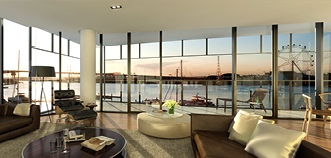 |
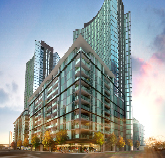 |
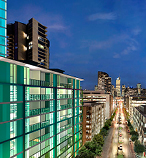 |
![]()
Reduced environmental impact
Did you know buildings are the single largest contributor to the world’s greenhouse gas emissions, using 40% of global energy and generating around 30% of the carbon emissions? By choosing to own green building you can easily reduce your impact of the e
Contact:
Rachael McGinley
Senior Manager - Strategy & Development
Green Building Council of Australia
Phone: 02 8239 6291
Email: rachael.mcginley@gbca.org.au
In this section
- Why design or build a green commercial building?
- Why design or build a green residential building?
- Why design or build a green school?
- Why design or build a green hospital?
- Why design or build a green public building?
- Why own a green commercial building?
- Why own a green residential building?
- Why own a green school?
- Why own a green hospital?
- Why own a green public building?

